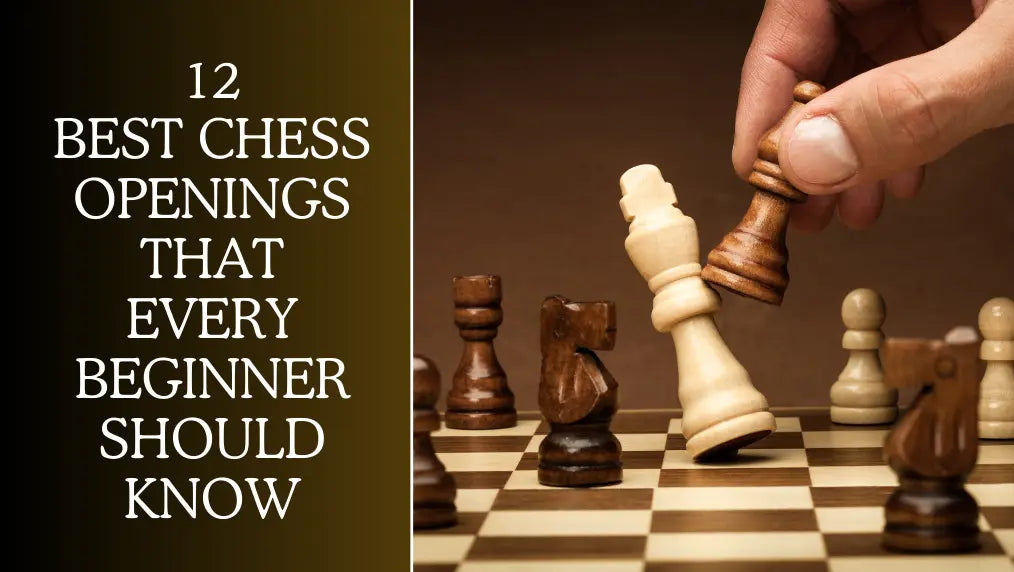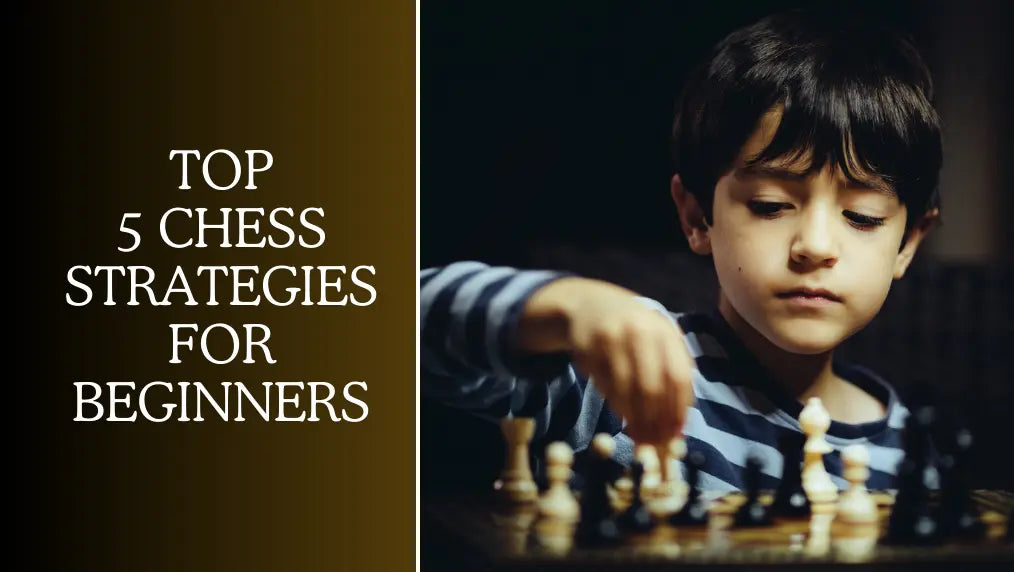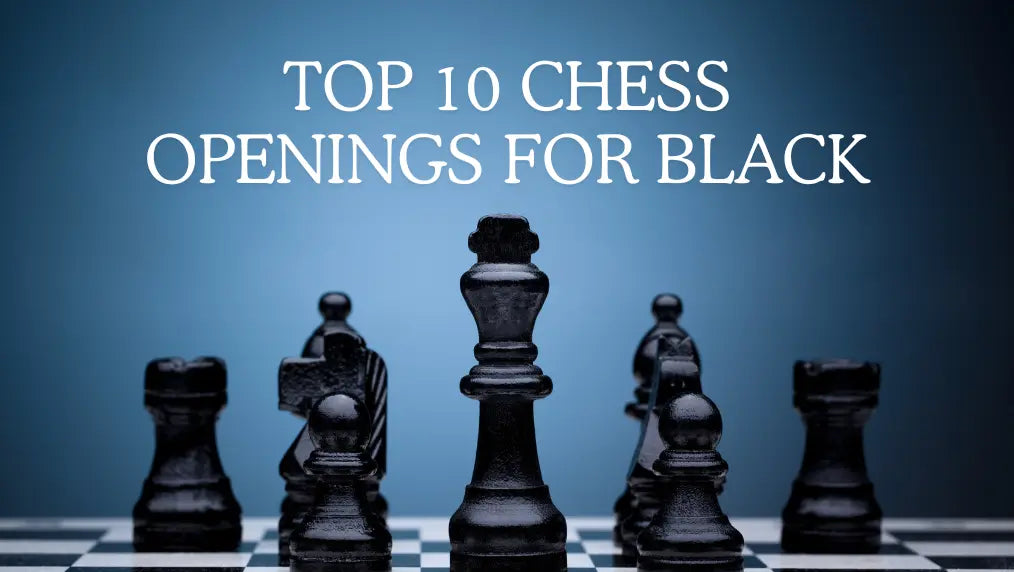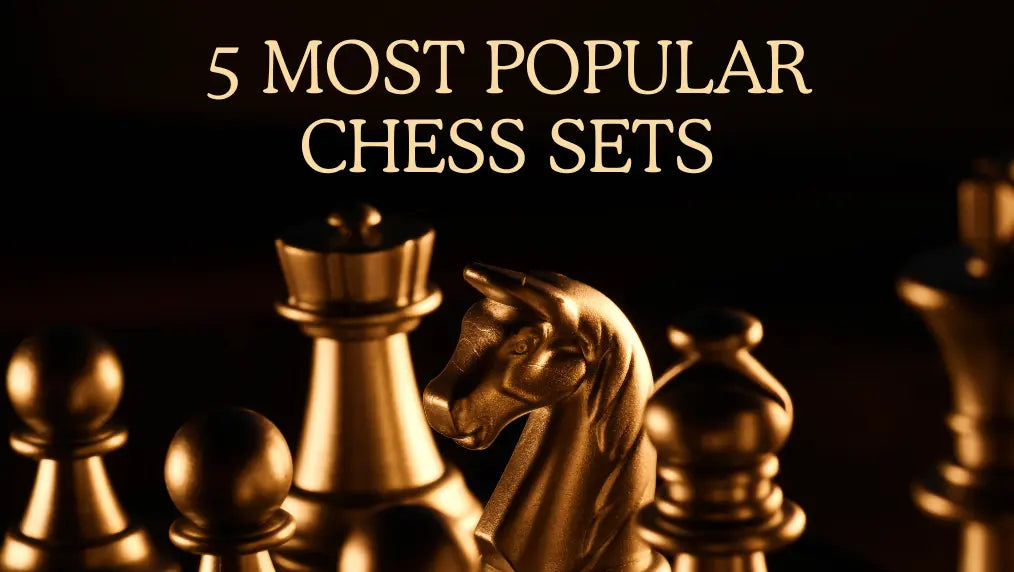Nomenclature | Anatomy | Set up of Chess Pieces

Origins And History Of Chess - Chess Mythology
The origins of the ‘Royal Game’ are shrouded in legend. Some believe the earliest references to an ancient form of the game, come from the Mahabharata – circa 3000 BCE. Some speculate that it originated during the time of Moses in Ancient Judea – circa 1300 BCE. Others trace is back to circa 323 BCE, during the reign of Alexander the Great of Macedonia.
The ‘Out of India’ Theory

Some of the more widely accepted precursors to modern Chess, Shatranj in Arabia, Chatrang in Persia, Shatar in Mongolia and Senterej in Ethiopia, emerged between the 8th and 10th centuries CE.
But the broad consensus among Chess historians, is that all the above versions evolved from the ancient Indian game of Chaturanga, which dates back to the 5th – 6th century CE. Chaturanga refers to the four main divisions of ancient Indian armies – the infantry (Padati), cavalry (Ashwa), elephant (Gaja) and heavy cavalry or chariot (Ratha) divisions.
The European Migration
The earliest references to Chess in Europe date back to 1000-1050 CE. After 1100 CE. It is around this period that Chess began to take root amongst the European nobility. The game’s origin in Europe has been linked to the royal courts of Charlemagne, to King Arthur’s court in Camelot as well as to the siege of Troy in popular imagination.
But it was really during the renaissance, between the 14th to 16th centuries that the popularity of Chess took root in Europe and became an integral part of genteel culture. This was the point in the history of Chess, when the appearance, the nomenclature and movement of Chess pieces began to take on some of the contemporary characteristics that we recognize today.
The Need for Design Unification

The regional variations in design of Chess pieces posed a problem as players, used to a certain regional design, found it hard to recognize those from other regions. It was around this time that a need was felt for some sort of design standardization in Chess pieces.
The Rise of the Staunton Design of Chessmen

|
The Staunton Chessmen were popularly believed to have been designed by an English journalist named Nathaniel Cooke. They were commercially released to the public in 1849, by Cooke’s brother-in-law, John Jaques, the owner of Jaques of London, one of the leading sports and games manufacturers of the time. Named after and endorsed by Howard Staunton, an English Chess master who reigned as world champion between 1843 and 1851, the Staunton Chessmen quickly became established as the gobal standard for Chessmen design. |

|
Widely perceived to be the perfect amalgamation of form and function, the designs were believed to have been inspired by English Neo-classical and Victorian architecture with a strong Greco-Roman influence.
The Anatomy of Staunton Chessmen
Broadly, the Chessmen were designed to resemble columns with wide beveled bases – weighted with lead for heft and stability – with relatively narrow and tapering shanks which then flare out slightly just below the collars, which are prominent and beveled like the bases.Each of the Chessmen are topped by characteristic design features that identify them.
- The King is the tallest piece with the widest base. He wears a crown topped by a finial or a cross pattée.
- The Queen, the second tallest, wears a coronet, topped by a ball.
- The Bishops wear miters with deep clefts.
- The Knights, the most distinctive of all chess pieces, are the ones that deviate the most, from the design grammar described above. They have no shanks or collars and depict the shape of a horse’s neck and head, from the base up. These pieces are also referred to as Horses. From a craftsmanship point of view, the Knights are the show-stoppers amongst Chessmen.
- The Rooks too deviate from the established design grammar. They represent a turret with a crenelated top and feature no shanks or collars. They are also referred to as Castles.
- The humble Pawns are topped by a simple ball.
The Set-up

There are 32 chessmen in a set, 16 dark-colored ones on one side and 16 light-colored ones on the other. Each side includes:
- 8 Pawns
- 2 Rooks or Castles
- 2 Knights or Horses
- 2 Bishops
- 1 Queen
- 1 King
The board consists of 64 alternating dark- and light-colored squares, consisting of eight ranks (horizontal rows with four dark- and four light-colored squares each) and eight files (vertical columns with four dark- and four light-colored squares each)
The Chess board must be oriented so that must be oriented such that the two players have light-colored squares at the extreme right-hand corners of the rank closest to them. At the start of each game, chessmen are arranged along the two ranks nearest to each player, with chessmen of opposing players facing each other.
The front ranks comprise eight pawns each, while the rear ranks are arranged as follows:
- Two Rooks or Castles at the two extremes
- Two Knights or Horses next to the two Rooks
- Followed by the two Bishops
- With King and Queen bringing up the core of the rear.







